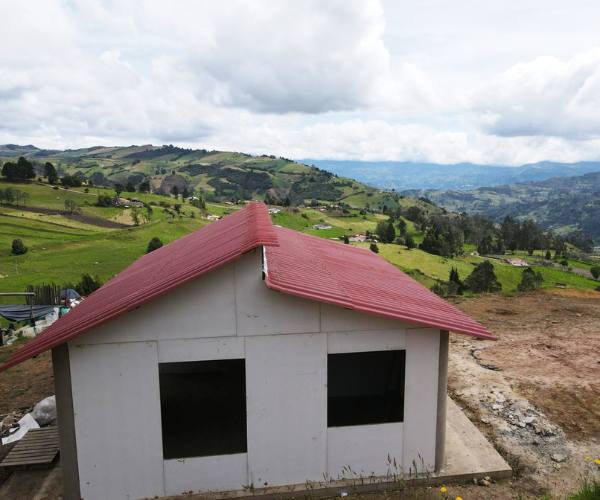Addressing environmental sustainability isn’t just about protecting nature for its own sake.
As the term implies, environmental sustainability focuses on promoting the well-being of the environment. A pillar of sustainable development, it promotes living in a way that doesn’t strain natural resources, an approach that helps maintain an ecological balance in our planet’s environment, benefiting current ecosystems and safeguarding future generations. [1]
The environment lies at the core of each one of the U.N. Sustainable Development Goals, inextricably linked to objectives ranging from reducing inequalities to building sustainable communities and eliminating hunger. [2]
People depend on nature for a wide range of products and services, and the increasing pressure on natural resources affects the millions of people who directly depend on them for their livelihoods. [3]
Food For The Poor helps families in Latin America and the Caribbean live in harmony with nature. The charity takes a holistic approach in addressing environmental sustainability within the framework of its community development strategy. In this way, they are also able to address the challenges of multidimensional poverty.
Astrid Cortes, Sustainable Livelihoods Director at Food For The Poor, explained that, “while Food For The Poor addresses immediate needs such as access to safe water, food, adequate housing, sustainable agriculture, and animal husbandry, we aim to implement solutions to these needs in a way that doesn’t jeopardize future generations.”
This aligns closely with the United Nations definition of sustainability: “Meeting the needs of the present without compromising the ability of future generations to meet their own needs.” [1]
In this post, we will look at six key environmental sustainability practices Food For The Poor incorporates into its overarching sustainable development strategy to lift families and transform communities.
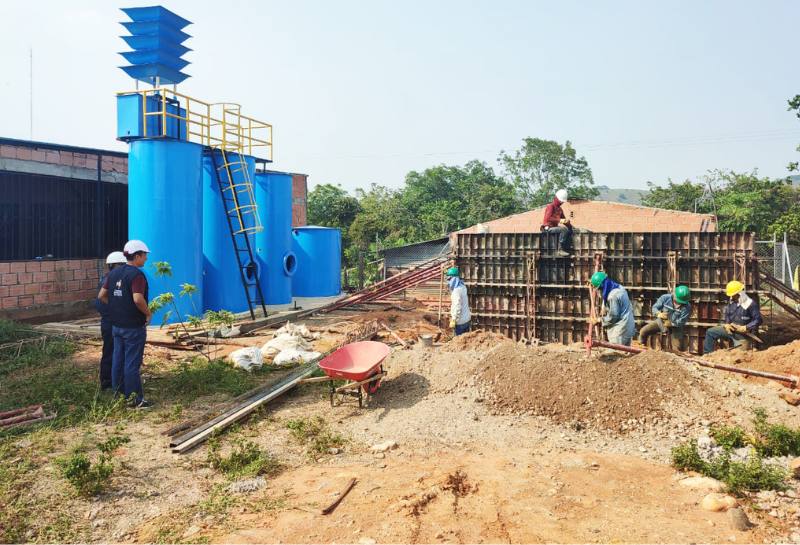
Practices That Can Safeguard the Future
Business, governments, and organizations like Food For The Poor can play key roles in safeguarding the future by adopting practices that prioritize environmental protection alongside social and economic initiatives.
1. Alternative Housing Construction Methods. Food For The Poor is constantly exploring new sustainable building techniques and materials, focusing on environmental benefits and resilience to local climatic conditions, while also addressing access to dignified housing.
Innovative materials and design principles can be used to create housing that minimizes energy consumption and carbon emissions while providing comfortable living spaces. [5]
“In Colombia, we have built homes that are made from fiber cement [6]” explained David Langle, Project Manager for South American Projects at Food For The Poor. “This type of home has a low environmental impact, requires less water, wood, and other local resources compared to traditional housing, and causes minimal earth buildup to the ground from transportation.”
According to Langle, there are currently two Eco-Friendly Homes For Families Projects in Colombia using the fiber-cement housing model: one in Tunja, and one in Quibdo.
“The construction of the home is dry and clean with low generation of residues and waste,” Langle explained. Transportation and personnel costs are also reduced “because the housing pieces are ‘printed’ at a facility and everything can be stacked on top of one another,” like giant Lego pieces.
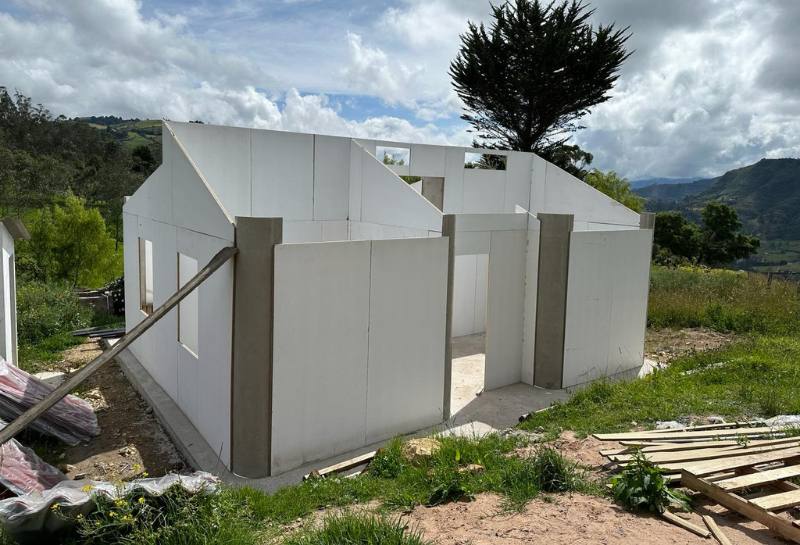
2. Improving Air Quality. [5] Eco stoves burn fuel efficiently, thereby reducing harmful emissions and indoor air pollution. This benefits the health of children and families and contributes to preserving air quality and mitigating climate change. Eco stoves also significantly decrease contamination by reducing wood burning to help prevent deforestation.
3. Best Practices for Water Systems. [5] Through research, innovation, and partnerships, Food For The Poor has established best practices for water systems to follow in order to protect both human health and the environment.
- Sewage systems and wastewater treatment plants safely separate wastewater from human contact, thereby protecting the health of households, communities, and the environment.
- Construction of concrete rainwater drainage ditches prevents flooding.
- Testing water quality for wells after drilling and treating and/or using filters ensures well or water system implementation does not cause short- or long-term damage to the environment, groundwater system, or communities.
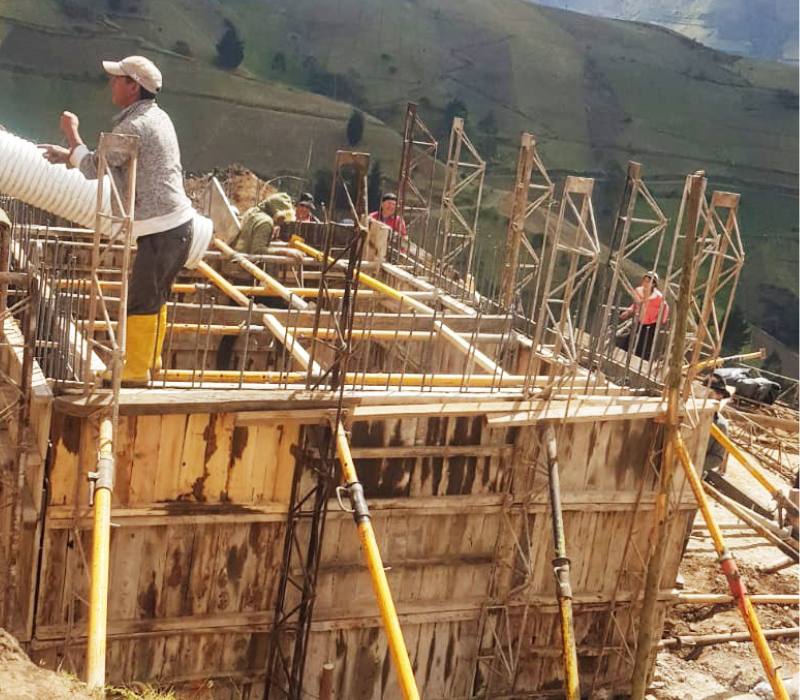
4. Water, Sanitation & Hygiene (WASH). [5] In order to maximize effectiveness and ensure program sustainability, Food For The Poor insists on capacity building and community ownership. [7] This important facet of water management teaches communities a list of important WASH topics and trains members on all aspects of the potable water system.
“All of our potable water projects ensure the formation of a Safe Water Committee,” Langle explained. These committees consist of residents who are trained to manage and operate the water system for their community. We intentionally choose community members so they feel empowered within the community to take on this responsibility.”
- Rainwater Harvesting: Collecting rainwater from rooftops and other surfaces for later use in irrigation, toilet flushing, and other non-potable applications can reduce the demand on traditional water sources.
- Greywater Recycling: Treated water and wastewater from sinks, showers, baths, and washing machines for landscape irrigation or toilet flushing reduces the demand for fresh water.
- Educational Sessions: Training community members on improving waste and garbage management and waste reduction and recycling, such as composting programs and recycling initiatives.
- Creating Water Committees in the communities helps protect surface water sources.
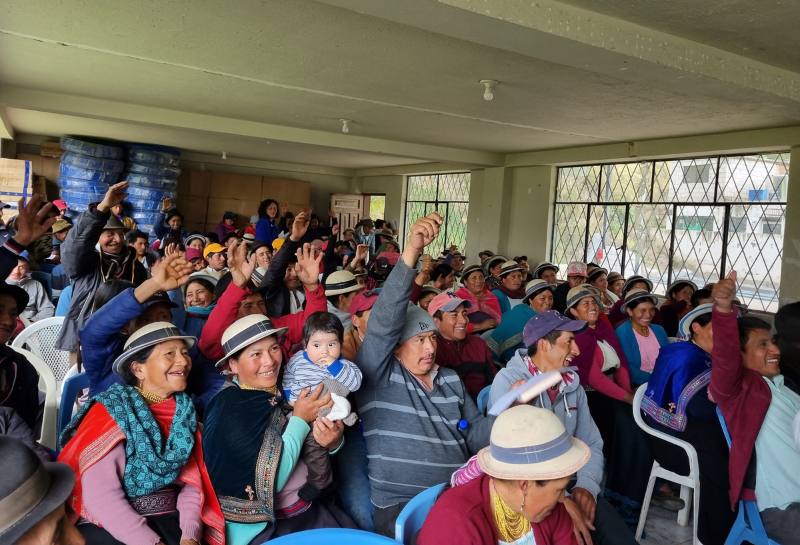
5. Incorporating Renewable Energy Sources. Incorporating renewable energy sources into any sustainability strategy plays a significant role in promoting environmental health. [5]
Food For The Poor incorporates solar panels in various settings including homes, school buildings, hospitals, streetlights, and community centers, reducing reliance on fossil fuels and minimizing environmental impact.
“We are being careful in the way that we design and work with the communities to make sure that there is a balance in everything we do,” Cortes shared.
Langle explained that many of the communities are far from their country’s electrical grid or do not have the financial resources to cover the costs for consuming electricity from their local grid. Therefore, Food For The Poor uses solar-powered energy to deliver the electricity needed to support water system projects in Ecuador, Peru, and Colombia. [7]

6. Sustainable agriculture. [5] Climate-smart agriculture and conservation projects promote farming practices that are sustainable, increase productivity and resilience to climate change while conserving natural resources. [7] Implementing practices like those below promotes biodiversity and enhances food security while minimizing environmental impact.
a. Soil Conservation Techniques include crop rotation, and precision agriculture methods that can reduce water usage in farming, while maintaining or increasing crop yields. [5][7]
Langle pointed to a project in Peru, “Improving the Lives of Peruvian Cacao Farmers.”[7] The Colpa De Loros Cooperative participated in what the group calls the Recovery of Degraded Soils activity aimed at developing and implementing new cacao areas under agro-forestry systems in lands with invasive weeds and degraded soil.
“To recover these soils, agricultural amendments were made,” Langle said, “managing to correct the pH water level, making it suitable for agricultural use.”
As a result of this experience, the Cooperative recovered more of their degraded areas and increased new ones, which resulted in greater cultivated areas, greater cacao production and higher income for each of the members.
b. Efficient Irrigation Systems:[4] Drip irrigation and other efficient irrigation methods minimize water wastage by delivering water directly to plant roots, reducing evaporation and runoff.
c. Community and Household Gardens: [5] The creation of gardens as well as planting fruit and shade trees in housing projects and communities promotes access to food, community engagement, and enhances green spaces and environmental protection.
One project in Colombia is aimed at educating children learn to “reuse,” or recycle, was the creation of a community garden, where children grew herbs and tomatoes, recycling Coca-Cola bottles as planters.
“Recycling is huge,” Cortes said. “Taking care of those resources is indirectly embedded into our programming.”
d. Partnering with Subject Matter Experts: [5] Working with partners such as the Center for Marine Studies in Honduras, demonstrates Food For The Poor’s collaborative approach to environmental sustainability. These partnerships focus on responsible fishing practices, wetlands protection, and biodiversity conservation, contributing to the overall health of marine ecosystems.
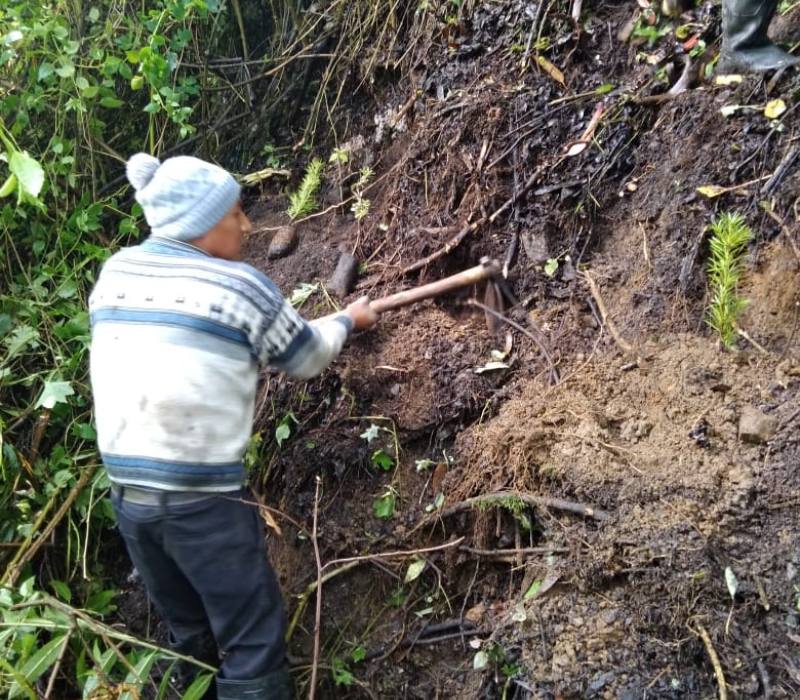
A Concerted Effort
Environmental sustainability encompasses a wide range of initiatives and practices aimed at preserving, protecting, and restoring the natural environment.
“It’s not about going to extremes,” Cortes said. “It’s more about how we can work to make sure our environment is protected.”
It will take a concerted effort of individuals, business, governments, institutions, and charitable organizations like Food For The Poor working in collaboration to balance environmental protection alongside social and economic initiatives in order to safeguard the future.
Help Protect Our Only Home
It is only through the support and contributions of donors and partners that Food For The Poor is able to protect vital ecosystems in Latin America and the Caribbean, promote sustainable practices, and work toward a greener future for all.
There is still much work to be done.
Visit foodforthepoor.org today and discover how you can make a real impact on the world for future generations.
Sources:
[1]: Cleanhub.com: “What is Environmental Sustainability?”
[2]: UNEP.org: “Why do the Sustainable Development Goals matter?”
[3]: UNEP.org: “The UN Environment Programme and the Sustainable Development Goals”
[4]: USGS.gov: “Irrigation: Drip or Microirrigation”
[5]: Astrid Cortes, Sustainable Livelihoods Director at Food For The Poor
[6]: Wikipedia.org: “Fibre Cement”
[7]: David Langle, Project Manager for South American Projects at Food For The Poor

